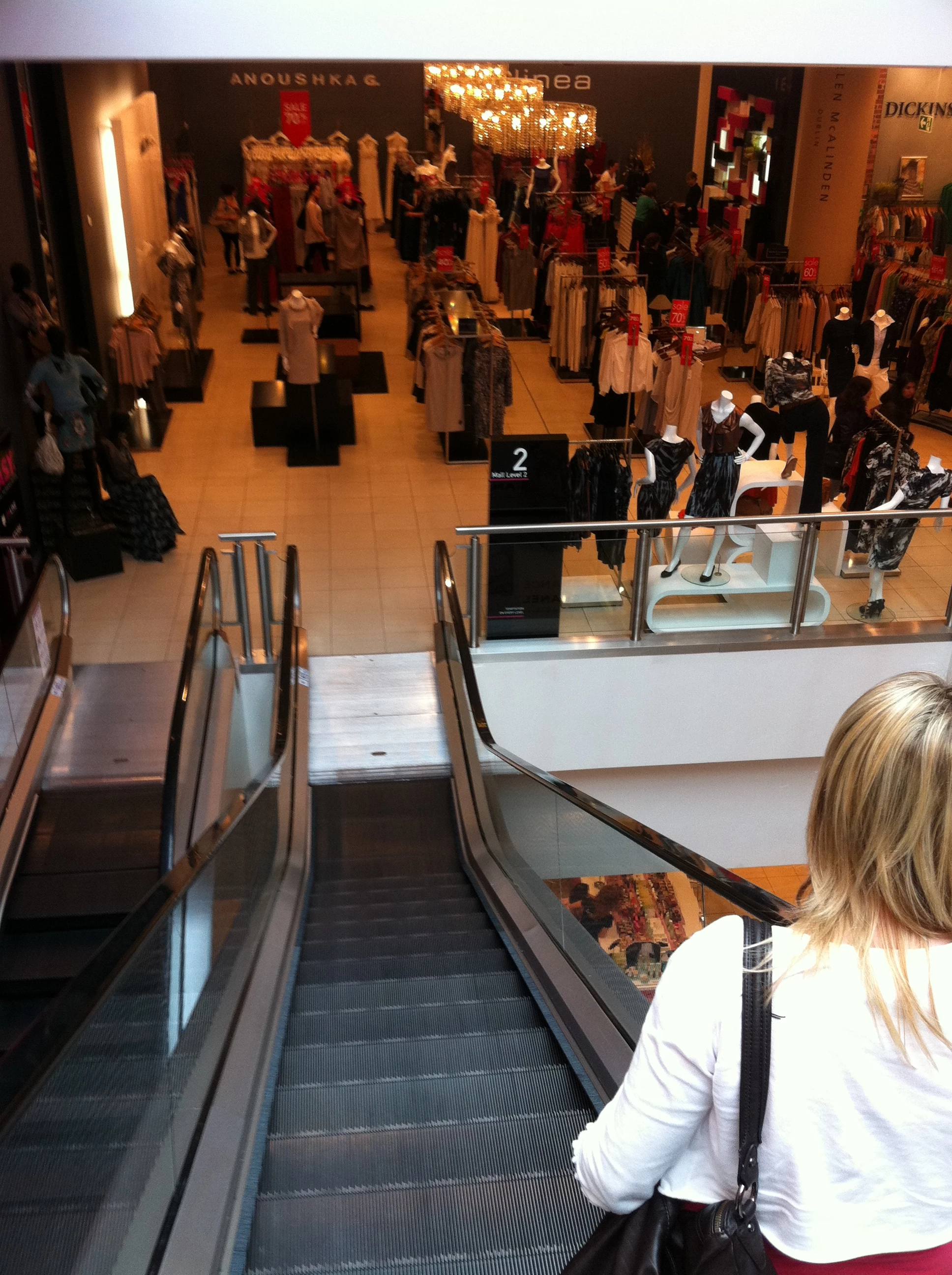
Member Article
New research shows touchless retail will thrive in a post-pandemic world
Shoppers want more voice-activated demos, augmented reality try-ons and mobile-activated self-checkout options in post-pandemic retail environments as they move to a safety-first consumer mindset, according to new research.
The study, carried out among 1,000 US consumers in late May, explored attitudes and sentiment to bricks-and-mortar retail post-lockdown. It found consumers were more than open to new tech in retail, as long as it addresses their concerns around safer shopping environments. The research was conducted by global retail innovation agency Outform.
Key findings include:
More than two thirds of those surveyed (67 percent) would like to see self-checkout options made available via mobile devices.
Nearly half (43%) want to see voice-activated solutions.
One in three (33%) are in favour of motion-sensor technology.
One third (32 percent) are fans of the QR code when it comes to hygienically engaging with retail.
While one in four (25%) believe appointment-only browsing will make shopping safer.
In terms of which innovations and technologies will actively improve the retail experience:
Half (49 percent) of those polled are in favour of interactive merchandising displays.
Voice activation is not far behind, with 41 percent open to it.
And 22 percent believe sensor projection will improve in-store visits.
Simon Hathaway, MD EMEA at Outform, says: “The survey showed an almost unanimous concern around safety among shoppers, and the statistics demonstrate a clear call for touchless retail as people seek to avoid physical interactions with products within the retail environment.
“There’s an undeniable awareness - and excitement - that a return to physical retail ‘as normal’ has to take place, but our stats show shoppers are looking for retailers to invest in touchless tech and find new ways for them to interact with brands in-store. This could be the start of a new blueprint for in-store environments on both sides of the pond. There are many shared shopping behaviours mirrored between the US to EMEA, so this sentiment is likely to resonate in EMEA - especially in the UK, which has shared a similar, drawn-out lockdown situation to the US.”
This was posted in Bdaily's Members' News section by Alex Sampson .




 test article 123456789
test article 123456789
 hmcmh89cg45mh98-cg45hm89-
hmcmh89cg45mh98-cg45hm89-
 test456456456456456456
test456456456456456456
 test123123123123123123
test123123123123123123
 test xxxdiosphfjpodskhfiuodsh
test xxxdiosphfjpodskhfiuodsh
 Savour the flavour: North Tyneside Restaurant Week returns for 2024
Savour the flavour: North Tyneside Restaurant Week returns for 2024
 Six steps to finding the right buyer for your business
Six steps to finding the right buyer for your business
 Stephen signs off on a special night
Stephen signs off on a special night
 Life’s a Peachaus: Gillian Ridley Whittle
Life’s a Peachaus: Gillian Ridley Whittle
 Making a splash: Phil Groom
Making a splash: Phil Groom
 Making workplace wellbeing a priority
Making workplace wellbeing a priority
 A record of delivery, a promise of more: Ben Houchen
A record of delivery, a promise of more: Ben Houchen